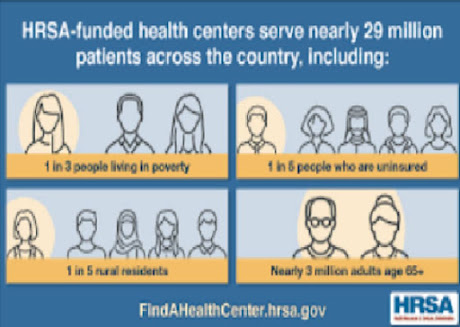Congenital heart disease
Congenital heart diseases are lesions that occur in the structure of the heart, the valves or the great vessels present at birth and that usually have an unknown cause.
There is a wide variety of congenital heart malformations,
it is very common for a baby born with a heart disease of this type to have a
combination of different heart injuries. The incidence of this problem occurs
in 1% of live baby births, according to the Fundación del Corazón. So it is a
condition that is detected with some frequency.

Risk factors for congenital heart disease
The origin by which a fetus develops a cardiac malformation
is not clear, however, there are factors that increase the probability that
they appear:
•Family history of congenital heart disease.
•Parents with chromosomal diseases such as Down syndrome,
Turner syndrome, etc.
•Parents under 18 or over 35 years of age.
•Maternal health problems such as diabetes, lupus,
phenylketonuria, or rubella.
•Consumption, by the mother, of toxic substances such as alcohol
or drugs.
What is not a risk factor is that one of the children was
born with congenital heart disease. That is, if you have a child with this
malformation, the probability that another will also be born with the
malformation is lower.
Diagnosis of congenital heart disease
Advances in diagnostic tests and protocols established
during pregnancy allow most cardiac abnormalities to be detected by ultrasound
during this period. From the 6th week the fetus has a developed heart and it
can be confirmed if there is any alteration.
However, not all congenital heart disease can be detected
before the baby is born. There are alterations that manifest themselves at
birth, when the heart begins to pump blood to the lungs, either after a few
weeks or months, or it does not have to face up to adulthood.
In these circumstances, and due to the wide variety of
malformations that can occur, it is important to see a doctor if you have any
of the risk factors or are perceived arrhythmias, murmurs, etc. An EKG or chest
ultrasound will be able to determine if there is any cardiac injury.
Treatment of congenital heart disease
Congenital heart diseases have a wide spectrum, there are
mild heart diseases that can disappear with the natural development of the
child, small defects that can be treated and are compatible with a normal life,
complications that need complex treatment or surgeries and more serious
situations that need from a heart transplant.
In this case, the first article to do is to determine the
type of cardiac injury in order to adapt an appropriate treatment to the
patient's needs.
Classification of congenital heart disease
There are more
than 50 types of congenital heart disease, but they can be grouped into:
•Complicated circulation: this includes those heart problems
that make it difficult for blood to flow from the systemic to the pulmonary
circulation. The most common are atrial septal defect (ASD) and ventricular
septal defect (VSD). These lesions are usually detected once the baby has been
born, when the blood circulation in the heart begins its normal procedure.
•Obstruction of blood flow: These injuries prevent the flow
of blood into the chambers, such as aortic coarctation.
•Cyanotic heart disease : these lesions prevent the blood
from being oxygenated and does not reach the tissues properly, causing the
appearance of cyanosis. It is recognized for producing a purplish color on the
lips and nail bed. The most common are tetralogy of Fallot, Ebstein's anomaly,
and transpositions of the great vessels.


